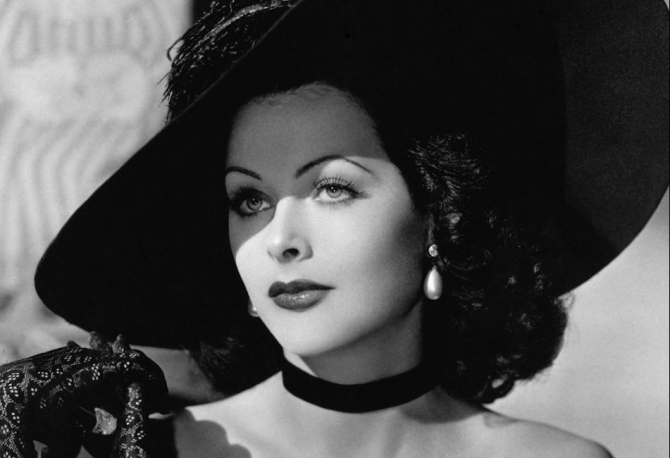Gal Gadot is closing in on a deal to play the often overlooked movie star and intellect, Hedy Lamarr, in a new limited series for Showtime. The news, which broke late Monday night (via Deadline), reports Gadot is finishing up talks for an unnamed limited series in which she will star as Lamarr, as well as executive produce the series. Once finalised, she will be producing alongside Sarah Treem, co-creator of The Affair, who reportedly came up with the idea for a Lamarr series, as well as producer of The Handmaid’s Tale, Warren Littlefield.
In addition to being a sultry movie star of the wartime era, Lamarr was also the inventor of the technology that eventually gave way to GPS and the Wi-Fi in your phone. Indeed, often dismissed as a pretty face and starlet in her day (and a celebrity of renowned litigious vigor, as gleamed from a running joke about “HEADLEY” Lamarr in Mel Brooks’ Blazing Saddles), Lamarr had a fascinating life that included being born to a well-off Jewish family in Vienna, Austria-Hungary during the early 20th century.
Lamarr, already an actress who appeared in the legendarily controversial Ecstasy (1933), was married to Fritz Mandl the same year. Mandl was a weapons manufacturer who would go on to supply the Nazis during the Second World War, as well as host Adolf Hitler upon occasion. But before the war actually broke out—and after Lamarr heard her husband and colleagues discuss the dangers German U-Boats would face due to radio-controlled torpedoes—Lamarr escaped Nazi Germany in disguise before winding up to London… and eventually on the same ship crossing the Atlantic as Louis B. Mayer, head of MGM Studios. Despite knowing limited English, she had a contract by the time the ship made port in New York.
Lamarr had a career in Hollywood of a variety of genres, although few are considered legitimate classics, appearing in films like Boom Town (1940), I Take This Woman (1940), Comrade X (1940), and Samson and Delilah. She also, it should be worth noting, was an inspiration for Bill Finger to create Catwoman (whose vocal inflections Anne Hathaway modeled in The Dark Knight Rises).
While in Hollywood, however, she solved the submarine problem just in time for the American entry into World War II. Upon studying her piano player friend George Antheil, Lamarr realised that the same technology used in self-playing pianos could be used to create frequency-hopping signals, jamming radio-controlled torpedoes. She patented the technology in 1942, but the U.S. Navy declined to use it, suggesting Lamarr continue helping sell war bonds as a pretty fundraiser. But 20 years later during the Cuban Missile Crisis in 1962, the American Navy actually saw the value in frequency-hopping signals while in showdown with the Soviet Union. The technology would lead to the military breakthroughs in GPS and the Wi-Fi that let’s your iPhone connect to the internet.

Lamarr wasn’t valued for her breakthroughs and suffered a reclusive lifestyle in her final years, including suing Mel Brooks for that Headley Lamarr joke.
However, it seems that her remarkable story will get some more posthumous praise that began being showered by the scientific community in the 1990s with this limited series.

